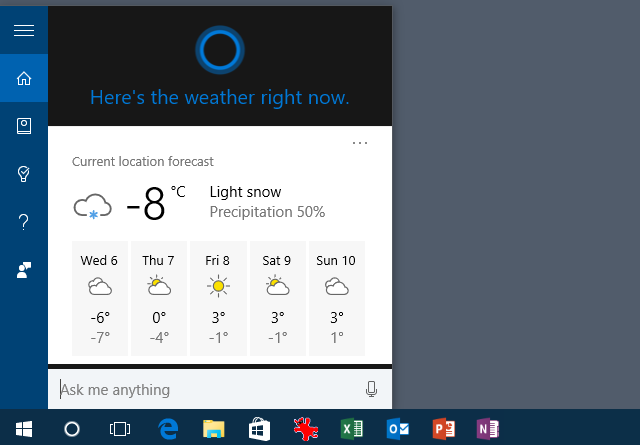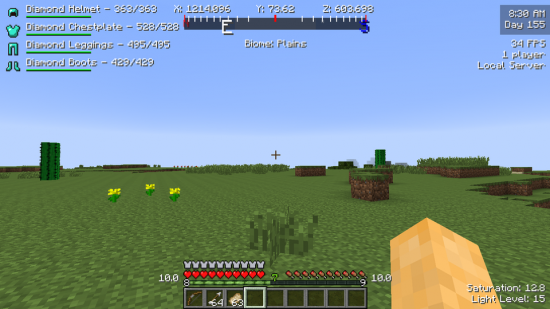

If video games are all about escapism, there are few nicer destinations than Animal Crossing: New Leaf. The most pressing matters in its breathless community are "Shall we have a game of hide-and-seek now or a bit later?" and "Will this wallpaper go with my house's flooring?" It's pretty much a perfect world. However, real life sadly isn’t that straightforward.
The main problem here is that the core gameplay is ostensibly the same as that of all the other iterations dating right back to 2001, so returning players will take some persuading if they’re going to move in and start all over again. Fortunately, there's a lot more to do this time around, thanks to a steady flow of new features over time and several multiplayer-friendly additions to the tried-and-tested Animal Crossing formula.
For newcomers, the main reason to choose New Leaf over any of the other versions is surely the fact you are now the town’s mayor, taking over from Tortimer who has semi-retired from work and now oversees activities on the Tropical Island. With your new title, you have the power to develop the town however you see fit. That means you can add practical objects like a second (or third) bridge over the river that runs through your town, or add aesthetically pleasing scenery elements like fountains or a lighthouse.
"...there's a lot more to do this time around, thanks to a steady flow of new features..."
It may not sound like much, but it’s very rewarding to unlock a new element, even if each requires significant grinding for cash by finding and selling items. Just like in life, if you want something in Animal Crossing, you’ll need to work for it. Mind you, that’s way better than the contemporary alternative. Nintendo deliberately stayed away from microtransactions and the game is undoubtedly better for it.
The best of the big new features doesn’t even require grinding to unlock. The Tropical Island simply becomes available some five days after you start playing. There you can enter ‘tours’, which are essentially timed minigames that range from scavenger hunts to dragonfly-catching competitions. They're all rather simplistic but a welcome break from the rules-free gameplay of your main town.
"Nintendo deliberately stayed away from microtransactions and the game is undoubtedly better for it."
Local multiplayer is available right away when you reach the island, but you can also join in with gamers across the Internet once you’ve earned a Club Tortimer ticket. Even if you can’t understand a Japanese gamer’s text chat, the gameplay is universal enough for everyone to have fun.
Back in the town itself, you’ll find new things to see and do throughout the course of the real-life calendar year. New shops open and expand, a Dream Plaza allows you to view anyone’s town across the world (as long as they’ve uploaded a version to the server), and bugs and fish come and go with not only the sun, but the seasons too.
Everything is tied to the internal clock, meaning you need to keep playing at different times of the day and week in order to maximise your item haul. It’s such a simple mechanic, it’s amazing more games don’t utilise it--especially as it works so brilliantly here. There’s literally a year’s gameplay waiting for you, and that’s if you’re rinsing it to collect everything as it appears first time round.
"...the gameplay is universal enough for everyone to have fun."
Despite all these new gameplay features, there’s no denying there are too many recycled elements. From the cat at the start that looks like the same one from the Nintendo 64 Animal Forest to the "fill the museum with bugs, fish, fossils, and art" collection mechanic, there's a tangible sense of déjà vu that some gamers may not be able to get past if they’ve played Animal Crossing before.
One thing that has definitely changed is the colour palette, which is now a mix of pastel tones compared to the relatively neutral and bold palette of Wild World. That said, the graphics have received a notable upgrade so it’s undoubtedly a much prettier game overall.
"Despite all these new gameplay features, there’s no denying there are too many recycled elements."
Animal Crossing: New Leaf is a beautiful thing. A charming, innocent piece of software that features no acts of violence (aside from hitting the townsfolk with your bug net, which they get sad about very quickly) and which doesn’t care whether you spend your time improving the community or just chasing butterflies.
If value-for-money is what you look for in a game, then look no further. This review stems from 73 hours (in one month) of play, and moving on doesn’t look likely any time soon. It’s incredibly addictive. And unlike other games that sap that much time, it never feels like you’ve been playing very long.
Surprisingly, a massive percentage of your time will likely be spent alone. But it’s not really ‘single-player’ gaming. It’s just the time and busy-work you put in between social visits. It’s fun and relaxing, sure, but if you never share what you’ve made with someone else, you’re undoubtedly missing out on one of the game’s biggest emotional payoffs.
If only New Leaf had taken a few bolder steps forward from its predecessors, this would be utterly essential. As is, it’s ‘merely’ one of the finest social games ever made. Get involved, and you’ll be forever bragging to your friends about your latest item. For instance, a tarantula. Bet you haven’t got one of those.




 Minecraft: How to Get 25 Mods You Absolutely Can't Play Without
Minecraft: How to Get 25 Mods You Absolutely Can't Play Without Is Apple's Official Keyboard The Best Choice For Your Mac?
Is Apple's Official Keyboard The Best Choice For Your Mac? The Last of Us: Remastered Comic Book Locations Guide
The Last of Us: Remastered Comic Book Locations Guide How To Duplicate Stacked Items With Dogmeat In Fallout 4
How To Duplicate Stacked Items With Dogmeat In Fallout 4 The Advantages of Setting Up Your Own URL Shortener & How To Do It
The Advantages of Setting Up Your Own URL Shortener & How To Do It